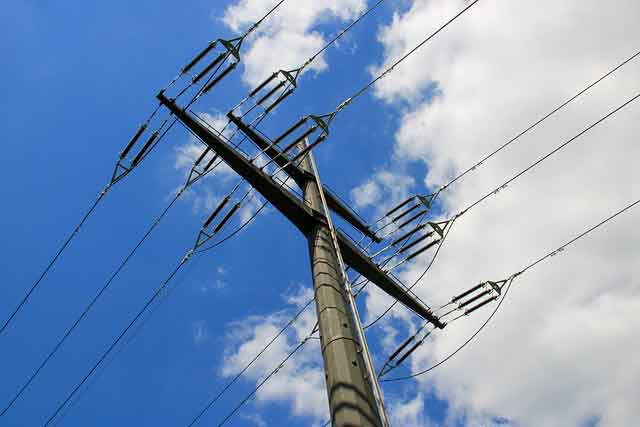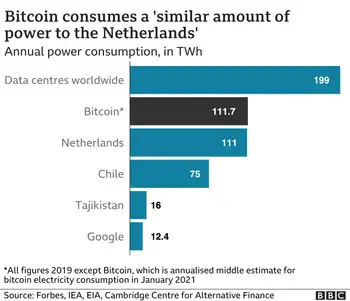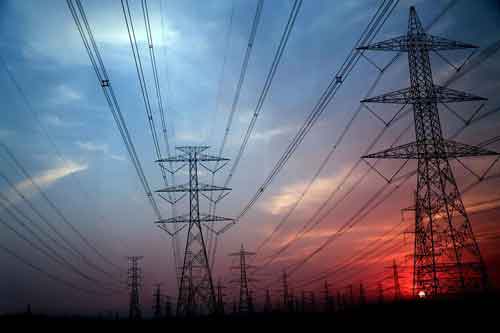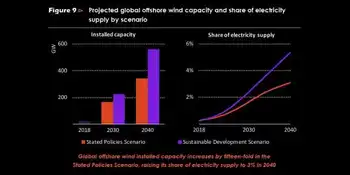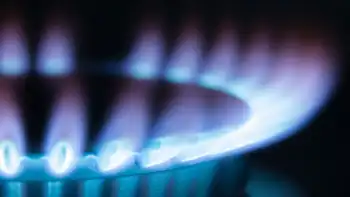Low-emission coal plant under fire
By Reuters
High Voltage Maintenance Training Online
Our customized live online or in‑person group training can be delivered to your staff at your location.

- Live Online
- 12 hours Instructor-led
- Group Training Available
Southern's Mississippi Power utility wants the Mississippi Public Service Commission to set a June hearing date to certify the need for a 582-megawatt integrated gasification combined-cycle (IGCC) power plant proposed in Kemper County.
The utility wants the commission to sign off on the construction of the plant by the fall so it can move ahead with engineering and buy needed equipment to meet a 2013 operational deadline to qualify for federal tax credits offered by the Energy Policy Act of 2005.
Southern's Mississippi affiliate wants to recover some financing costs beginning in 2011 but the full cost of the Kemper County IGCC plant won't be added to customer bills until it is built.
Entegra Power Group LLC, owner of a 2,200-MW natural gas-fired plant; and Magnolia Energy LP, owner of a 922-MW gas plant, said the need for new plant and its affect on ratepayers "should take priority over any potential federal tax benefits available" to the utility.
In a filing, Entegra and Magnolia said underutilized gas-fired generation in the region could easily supply power to Mississippi utilities and called for the commission to reject Mississippi Power's effort to put the "$2.2 billion 'cart' ahead of the 'horse' of Mississippians' actual generation needs."
Opponents called the Kemper plant "the largest single addition to any Mississippi utility's rate base from any generation facility" in state history.
IGCC technology uses a gasification system to convert coal into a synthesis gas that is processed to remove sulfur, mercury and ash before being sent to a combined-cycle power plant to produce electricity.
IGCC also offers the opportunity to capture emissions of carbon dioxide, a gas blamed for global warming which can then be stored underground.
Despite growing climate change worry, few IGCC projects in the U.S. are moving forward. Mississippi Power plans to use a technology Southern has been developing for a decade. The utility has proposed sequestering 50 percent of the plant's CO2 emissions for use in enhanced oil recovery operations.
Faced with plans by the state's two investor-owned utilities to spend billions on the IGCC plant and an Entergy Corp-sponsored nuclear expansion, regulators held hearings last year on the need for future electric supply in the state.
The state's electric demand has been slow to recover from Hurricane Katrina which hit the Gulf Coast in 2005. That docket remains open, said a commission spokesman.
In that case, both Mississippi Power and Entergy Mississippi said Katrina reduced future electric use, but predicted some increased need from industrial customers.
However, credit-rating agency Moody's in a recent report said Mississippi's economy lost 30,000 jobs in the past year and "remains, by a variety of measures, substantially weaker than average U.S. levels."
Mississippi Power said the IGCC plant is the best option to meet growing demand of 318 MW to 601 MW by 2014. The utility said the new plant will reduce fuel costs by using locally mined lignite, rather than gas and create many new jobs.
In its filing, the utility said "any significant delay" in the hearing schedule could increase the plant's cost or delay its in-service date, "resulting in the loss of the tax credits."





